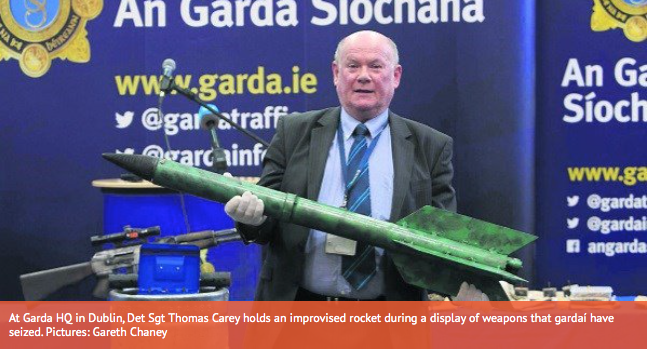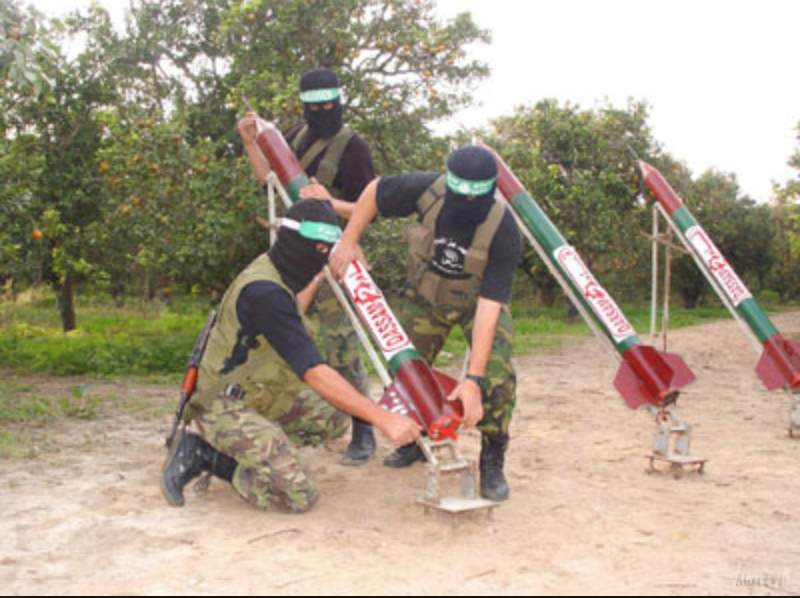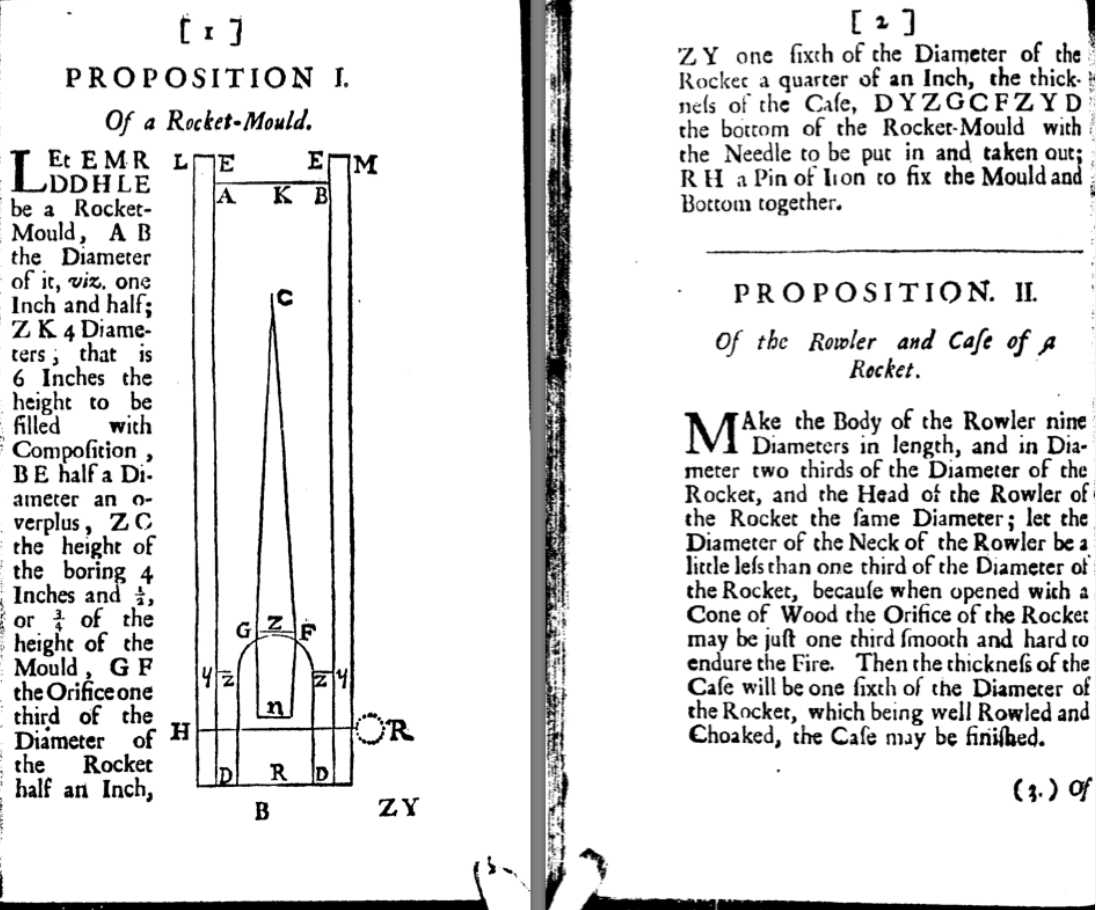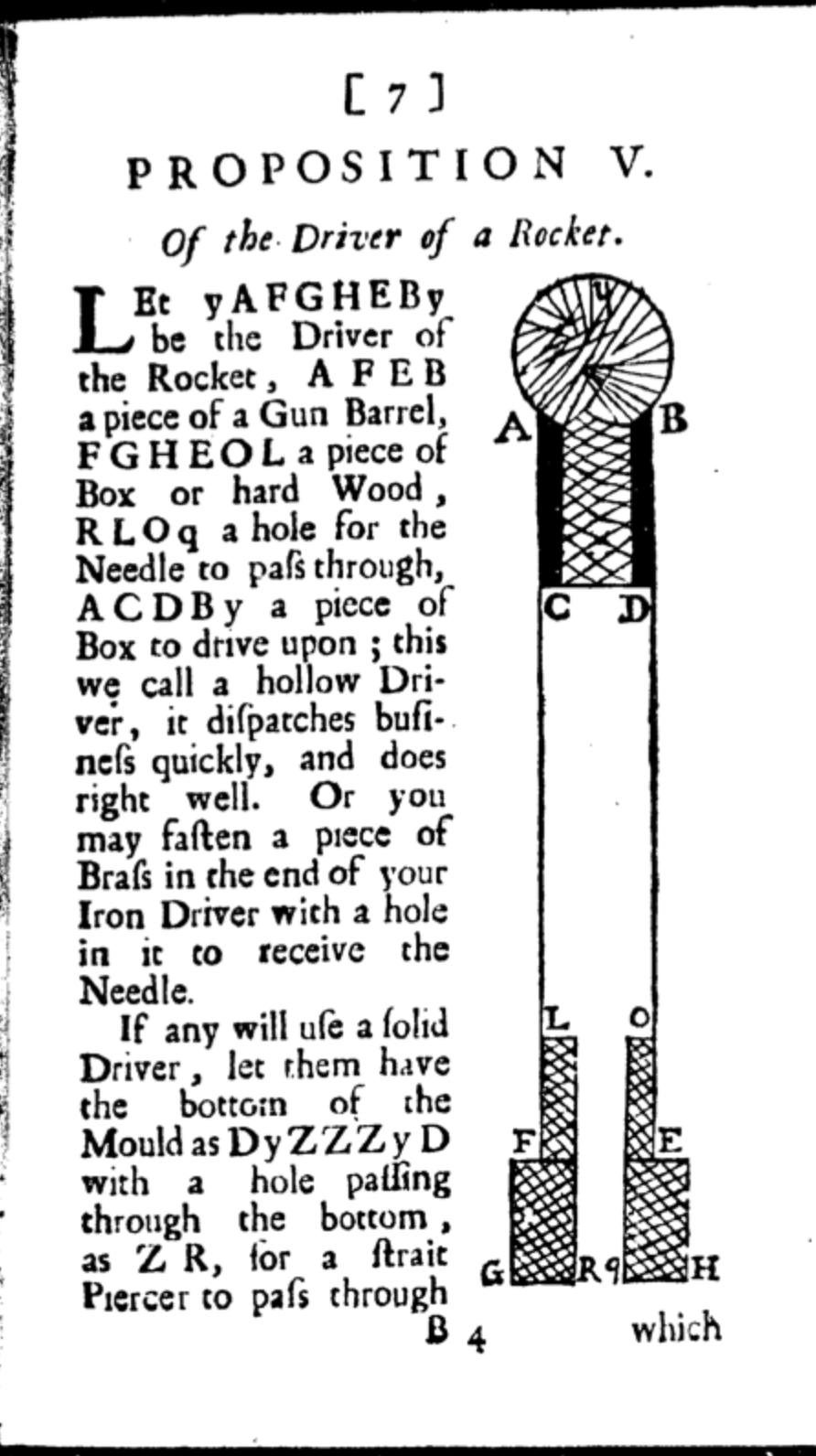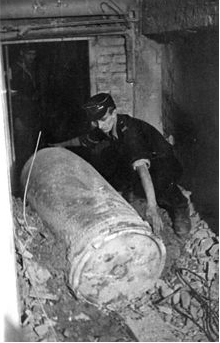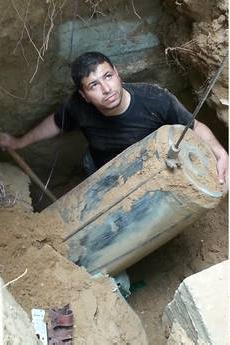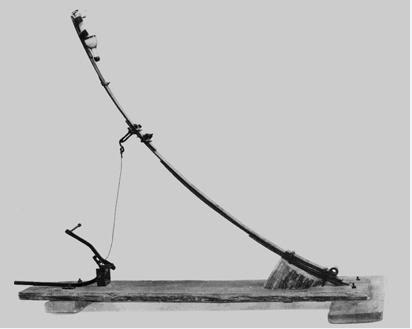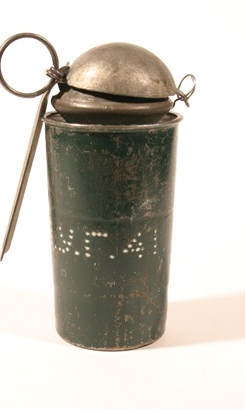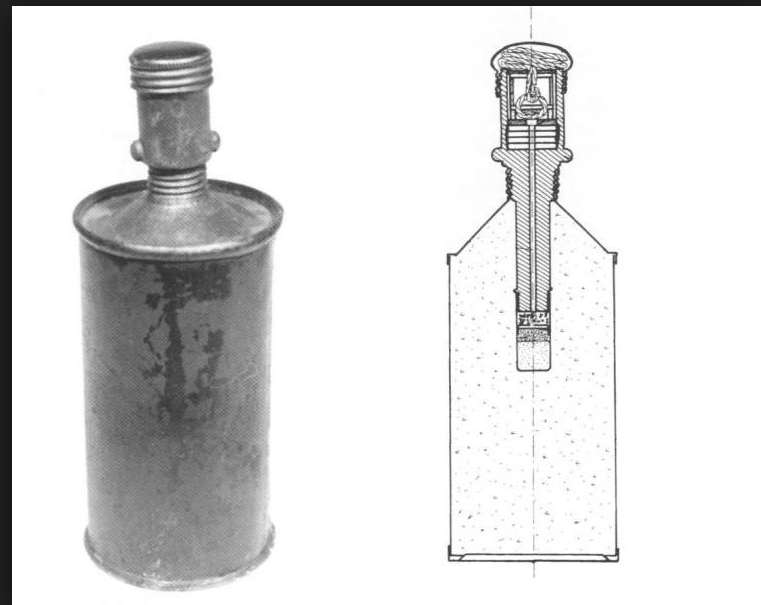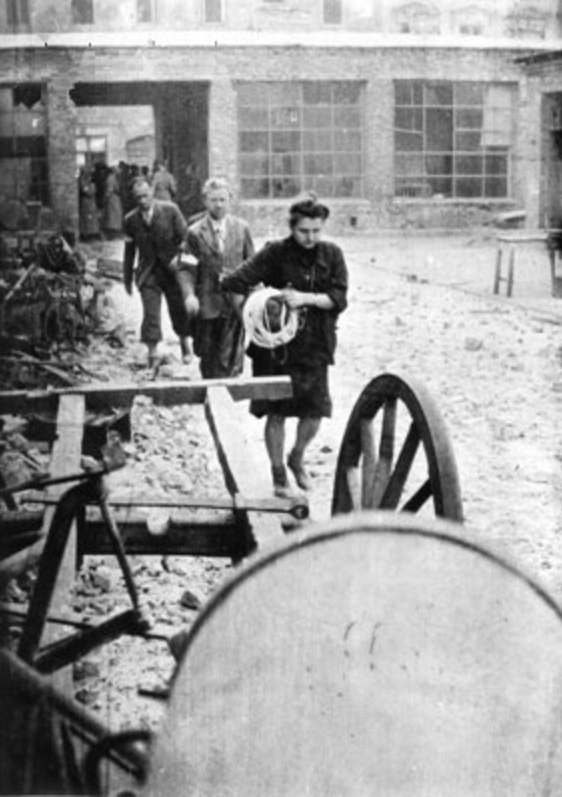One of the most notable improvised weapons in the last 15 years has perhaps been the “IRAM”. This “Improvised Rocket Assisted Munition” appeared in 2004 in Iraq, using the rocket motor of a 107mm rocket with a “bolted on” over-calibre warhead. This is a relatively short-range munition with more target effect than a standard 107mm, but quite difficult to range and target. The IRAM munition came in various designs. Here’s one variant:
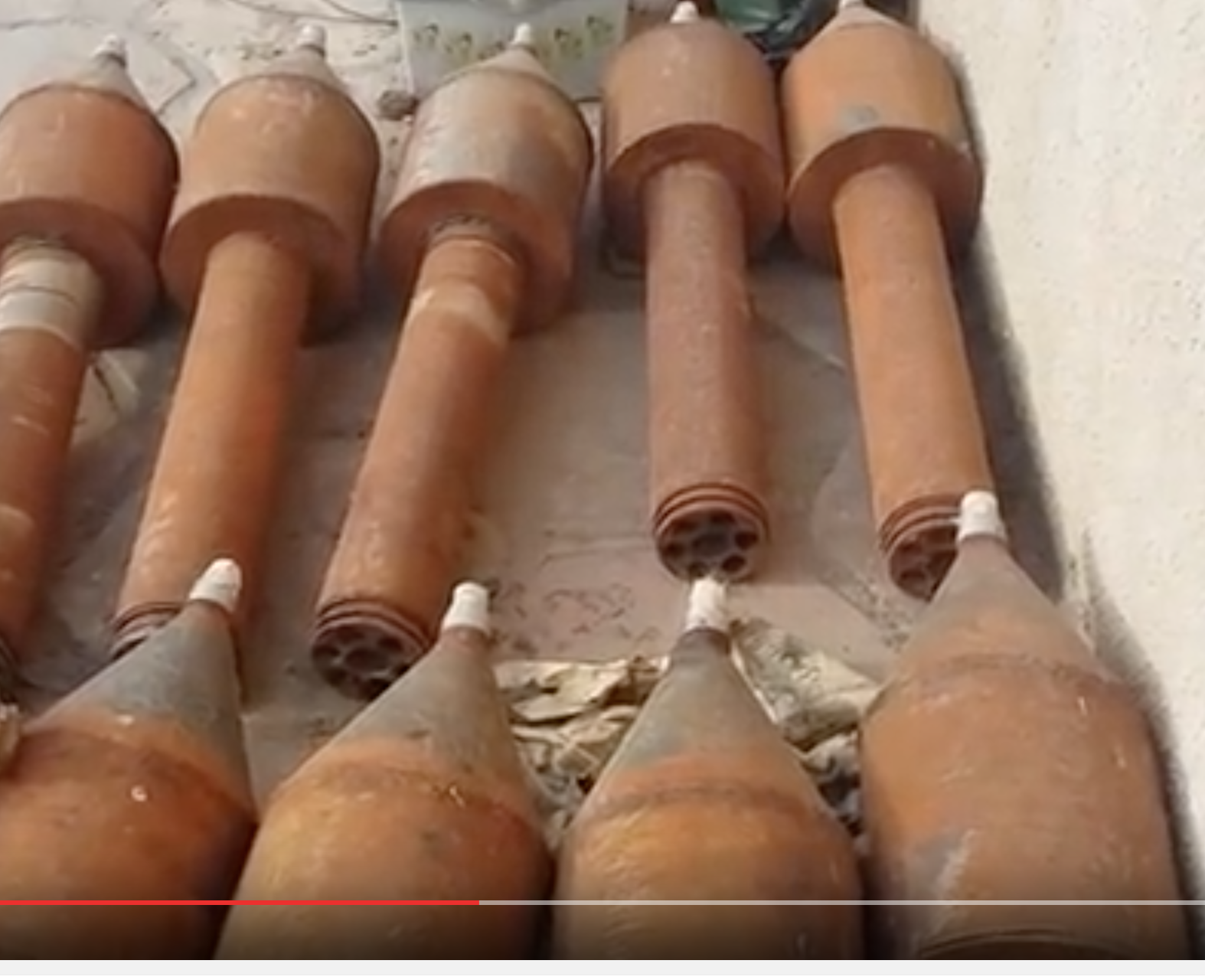
IRAMs 2004
Such munitions appear to be being used now by Syrian government forces and others in Syria. See this report from the excellent Brown Moses/Bellingcat website from 2013: http://brown-moses.blogspot.co.uk/2013/11/is-syrian-military-using-another-type.html. Sometimes the users seem to have not fired these from 107mm tubes (with the overcalibre warhead “left out the front”) but from tubes with a greater diameter. See: http://brown-moses.blogspot.co.uk/2013/11/the-syrian-national-defence-forces-most.html . In this variant the rocket motor is “under-calibre”, in effect.
When the IRAM appeared in 2004 it was commonly thought to be a new type of improvised munition. But as readers of this blog might already suspect, it wasn’t new at all – the concept was used in the early part of the Vietnam war. Here’s the image of Viet Cong overcaliber warhead that was fitted to a 107mm rocket, just as they are today. The image provider suggests that the warhead was cast iron, but the welds in what is probably rolled mild steel are clearly present. These early Viet Cong “IRAMs” were fitted with what were described as WW2 Japanese impact fuzes.
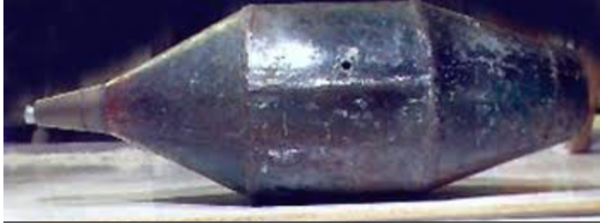
Viet Cong over-calibre warhead for 107mm rocket
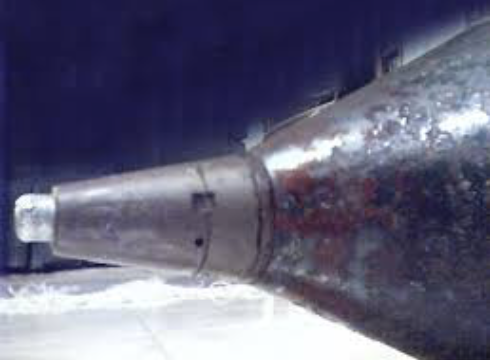
Japanese WW2 impact fuze on Viet Cong warhead
Now here’s another interesting thing – probably coincidental. The design of the Viet Cong over-calibre warhead is remarkably similar to a Provisional IRA mortar bomb warhead. This image is from a de-fuzed Mk 12 mortar bomb taken in 1991. The IRA warhead was of course not on a rocket but on a mortar, but the design structure of the mild steel welded warhead looks remarkably similar to the Viet Cong warhead, does it not and is of an almost identical construction. The Mk 12 mortar of course is a horizontally fired anti-armour weapon with a copper cone liner, but the outer form of the warhead is remarkably similar.
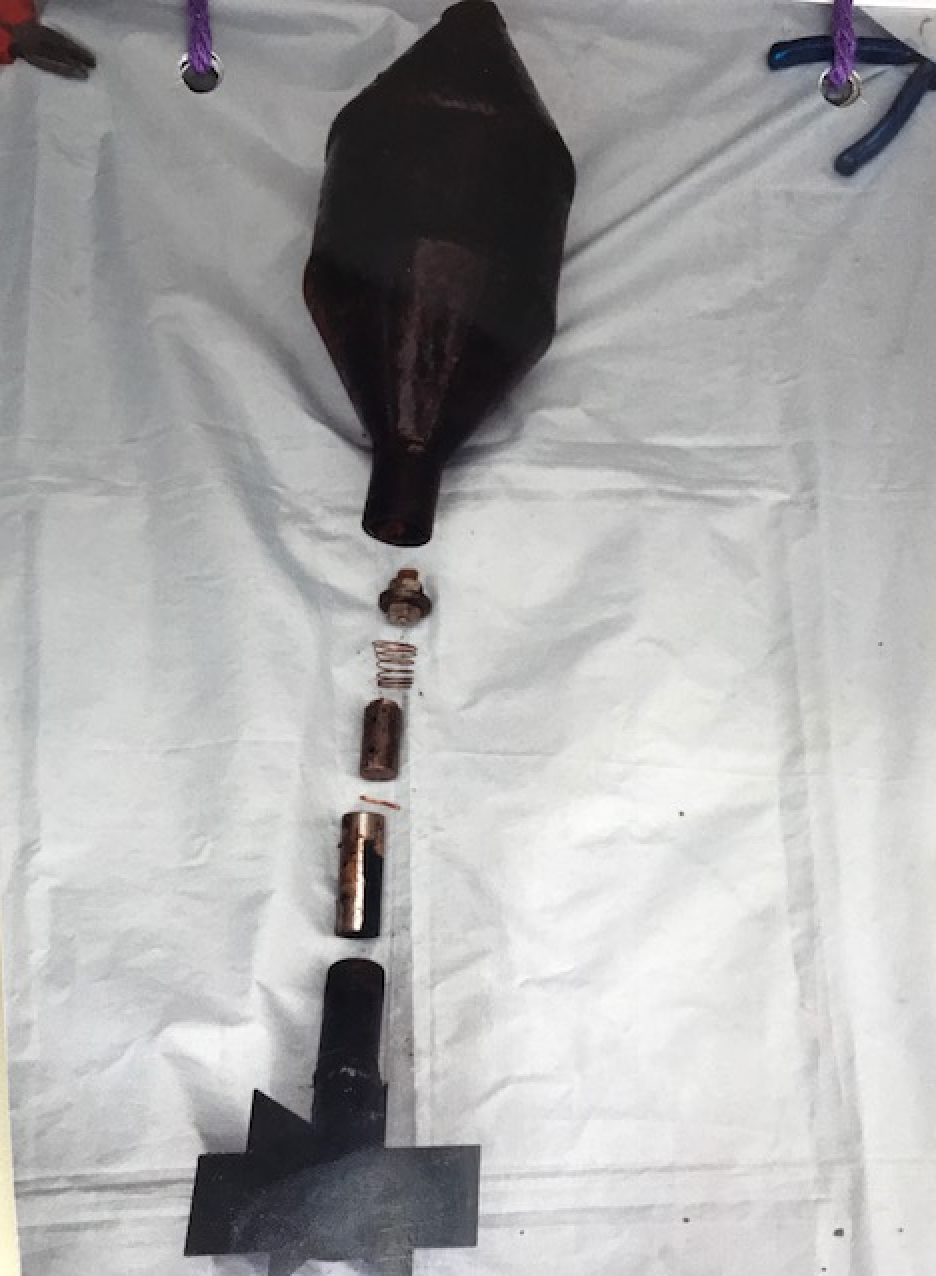
PIRA Mk 12 Mortar bomb with identical shaped warhead
Keen readers of this blog will recall too that Irish revolutionaries were firing rockets horizontally at the British Military as early as 1803, using a rocket designed in 1696.

